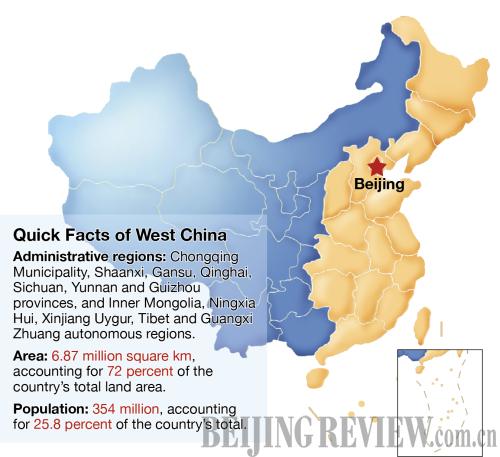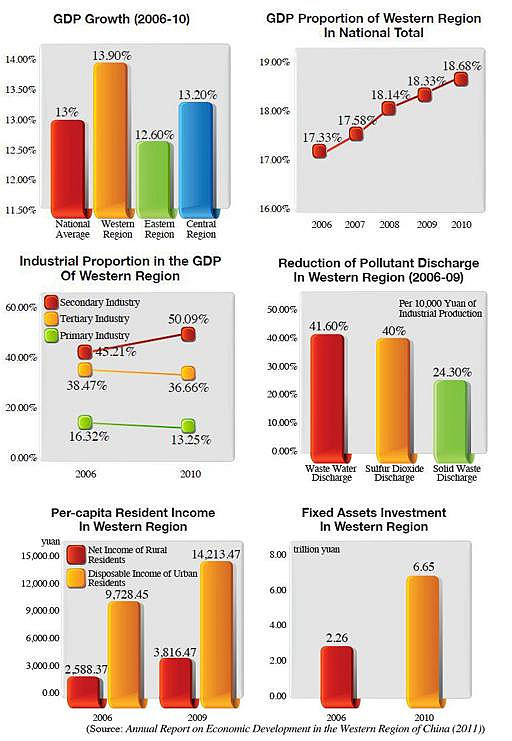|
Coordinated development
Although its economic growth has slowed and corporate costs are increasing, the east coastal area is still the most attractive region in China. According to figures released by the Ministry of Commerce, in the first half of this year, China received $60.89 billion in paid-in capital, up 18.4 percent year on year. Although the growth rate of paid-in capital in western and central regions continues to exceed that in the eastern region, the absolute amount is still lower than that in the eastern region.
Wang Yiming, Executive Deputy Director of the Academy of Macroeconomic Research of the NDRC, said the Chinese Government hopes to realize coordinated regional development, instead of encouraging arguments such as which region is more attractive, eastern, central or western.
Wang said since 2000, China has implemented regional development strategies to boost western development, revitalize traditional industrial bases in northeast China and promote the rise of the central region. The efforts have helped strengthen favorable investment in the three regions, improve local infrastructure and investment environment and enhance local public services. In the meantime, the eastern region, relying on its economic advantages, has improved its overall competitiveness. The three regions have selected different development patterns.
At present, respective comparative advantages of eastern and western regions are being utilized and the regional division of labor turns to be more specific. Fast-growing basic industries and processing industries such as iron and steel, building materials, non-ferrous metals, automobiles and electronics are concentrating to the east coastal area, while energy and other industries highly depending on resources are concentrating in the western region. For example, southwest China has established large-scale hydropower development industry, while northwest China is exploiting oil and gas resources.
Wang said the nuclear target of China's policy of regional development is to solve regional disparities and coordinate regional interests. Although the real performance is far behind the goal, the government is trying to establish frameworks of regional economic policies under a market economy.
Zhang Shuguang, a researcher at the Institute of Economics of CASS, hopes decision-makers in the western region remain focused when facing rapid economic growth. "The western region should not go forward too fast, but should learn from the eastern area's experiences and avoid their failures," Zhang said.

 |
